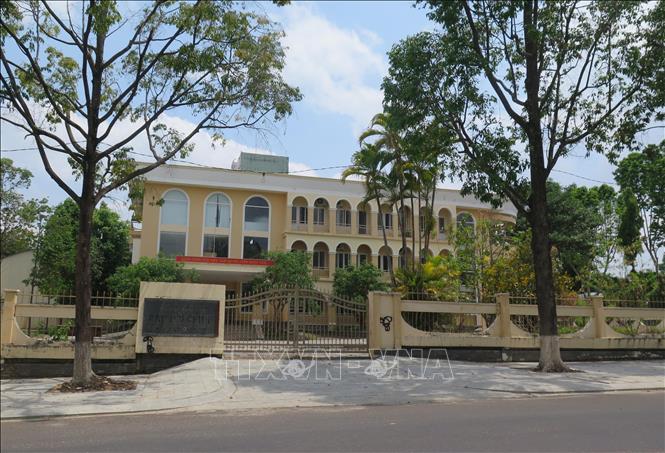
Dr. Le Quang Minh (University of Economics - Vietnam National University, Hanoi) had an interview with VNA reporters about the role and necessary solutions for e-Government to truly become a tool to control and optimize public assets after the reorganization of ministries, branches and administrative units.
Sir, what new requirements does the current restructuring of administrative units and ministries pose in public asset management? How should the role of e-Government - digital government in "digitizing" and connecting data on public assets be viewed?
The merger of provincial and communal administrative units and the implementation of a two-level administrative unit is creating a reality where many headquarters and public lands become redundant at the same time. This poses three urgent requirements, namely the requirement to identify and re-evaluate all surplus public lands. It is worth noting that most of the headquarters at the local level and ministries and branches are located in prime locations.
Next, there is a requirement for a "comprehensive problem", a comprehensive strategy at the national or provincial level to optimize the value of this land fund. Along with that is the requirement for absolute transparency to combat corruption and vested interests. Surplus public real estate, if not effectively managed, is fertile ground for negativity. Any lack of transparency in the transfer, auction or conversion of purpose can cause the state to lose thousands of billions of dong.
In this context, e-Government is not an option, but a tool to solve this problem in a scientific and transparent way. Its role must be to build a "National Electronic Land Register of Public Assets" - a place to gather all data on land funds and public headquarters nationwide. Each plot of land and each building must have its records digitized, assigned a unique identification code and located on a digital map.
E-government becomes the foundation for data-driven decision making. Instead of making emotional decisions, leaders can look at digital maps and analyze data to know which headquarters should be transferred to other units, which land is suitable for building schools and hospitals, and which "golden" land should be put up for public auction to generate revenue for the budget.
In your opinion, is the current data and software system sufficient to meet the requirements of transparency and inventory of public assets after the merger?
We already have the National Database on Public Assets (https://taisancong.vn/tag/co-so-du-lieu-quoc-gia-ve-tai-san-cong-655.tag), but it is just the beginning. It is like a giant Excel spreadsheet, but it lacks depth, and is even fragmented and disconnected. Specifically, the legal records of these public assets are mainly on paper, lacking in visuality.
There are also data discrepancies between systems, specifically data from the Natural Resources and Environment sector (on land), the Construction sector (on constructions on land) and the Finance sector (on asset value), for example, at the same headquarters, one place records by land area, another place records by construction floor area... This discrepancy causes incorrect declarations, inaccurate valuations and difficulties in inspection and supervision.
This bottleneck makes it so that authorities at all levels do not have enough reliable information to decide how to handle this huge amount of assets optimally.
Sir, how can digital technology applications help with public asset management after administrative unit reorganization? What mechanisms are needed to publicize and share public asset data among agencies and localities to ensure effective shared use?
Digital technology can help optimize the management of public assets after administrative unit reorganization. Building a "National Public Real Estate Digital Map" is a top priority project by integrating the cadastral map layer of the natural resources and environment sector, the planning map layer of the construction sector and the asset data layer of the financial sector.
On this map, with just one click, leaders can see the location, image, area, legal documents of each headquarters, land plot; property status: in use, vacant, surplus; planning information: how many floors is allowed to be built on this land, what function is it for; reference land price according to the market.
To ensure the effective use of public real estate data, it is necessary to institutionalize it by a decision of the Prime Minister so that the three Ministries: Finance, Agriculture & Environment and Construction can integrate and share data related to public real estate. The Ministry of Finance will act as the focal point for synthesis and take ultimate responsibility for the consistency of the data.
Next is to establish a "National Land Data Interconnection Axis" to build a common technical infrastructure so that the systems of the three ministries above can exchange data in real time. Finally, to build a public information portal on public houses and land. All information on surplus headquarters, auction plans, and auction results must be publicly posted for people and businesses to monitor.
What is your recommendation for e-Government to truly become a tool to control and optimize public assets after the arrangement of ministries, branches and administrative units?
I have four specific recommendations, which are to conduct a general inventory and digitize national public real estate - this should be considered a key political task. Assign specific targets, time and responsibilities to each locality and each ministry to complete the review and digitization of all surplus public real estate records. At the same time, prioritize resources to build a "National Public Real Estate Digital Map", this must be a key information technology project of the Government.
Along with that is the establishment of the only online "Electronic Public Real Estate Trading Floor" managed by the Ministry of Finance. Headquarters and surplus public lands eligible for auction must be put on this floor for public and transparent auction, instead of being organized separately in each locality.
Finally, the institution for handling surplus public assets should be perfected. It is possible to study and issue a separate Decree on the process of handling surplus public houses and land after administrative unit rearrangement; which clearly stipulates the steps that must be carried out in the digital environment, from the stage of planning, price appraisal, to organizing auctions.
Thank you!
Source: https://doanhnghiepvn.vn/chuyen-doi-so/so-hoa-bat-dong-san-cong-/20250627093926720













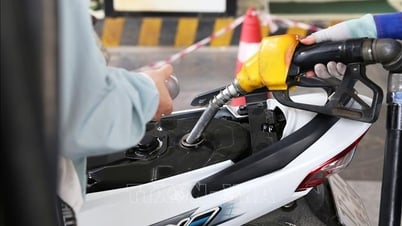


















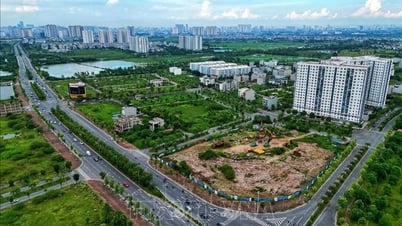


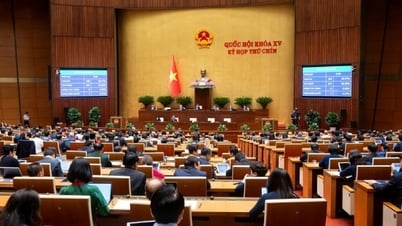



































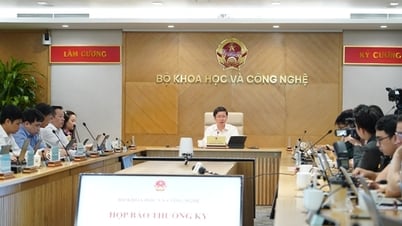


























Comment (0)